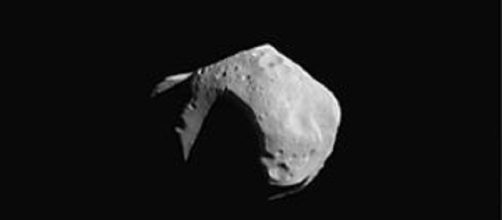A small and very bright asteroid passed at a very close distance to Earth without colliding with our planet on Thursday, as scientists had predicted, according to telegraph.co.uk. This asteroid — which had the dimensions of a house - is called "Asteroid 2012 TC4." The cosmic object has given astronomers the opportunity to participate in a planetary defense exercise with the purpose of studying a type of astronomical object that is potentially dangerous for humanity.
Planetary defense exercise succeeded
Detlef Koschny, the co-director of the European Space Agency's Near-Earth Objects Department (ESA), said the exercise was a great success.
Koschny said they acted as if it was a cosmic object considered "critical," even if this it was not the case.
In the days preceding the asteroid's passing near Earth, NASA and ESA pointed out that there was no risk of collision between this cosmic object and our planet.
The Asteroid 2012 TC4 passed at less than 44,000 kilometers away from our planet. Koschny said it proved to be smaller than what the astronomers had predicted. The asteroid had a diameter of only 10-12 meters.
A large number of telescopes have been able to monitor the Asteroid 2012 TC4 in recent days, and many amateur astronomers have even been able to get images of it, according to Detlef Koschny.
The asteroid had been studied since 2012
The Asteroid 2012 TC4 was discovered in 2012. Since then it hadn't been noticed for five years. The asteroid performs a complete rotation around the Sun in 609 days.
It was spotted again this summer by the VLT (Very Large Telescope) of Chile's European Southern Observatory (ESO). This allowed astronomers to calculate its trajectory with a high degree of precision.
Thus, astronomers were able to determine that the asteroid won't collide with our planet during its next passing of Earth, which is going to take place in 2050, although it could change its orbit before then. But it is not impossible that this asteroid strikes the Earth in 2079, according to what the experts say.
The meteor of 2013
Astronomers initially believed that the asteroid had a diameter of between 20 and 30 meters. This approaches the magnitude of the meteor that disintegrated over the city of Celebinsk in the center of Russia in February 2013. During that event, people saw that light in the sky, and the shock wave broke the windows of many buildings in the city. The incident caused more than 1,300 injuries.


